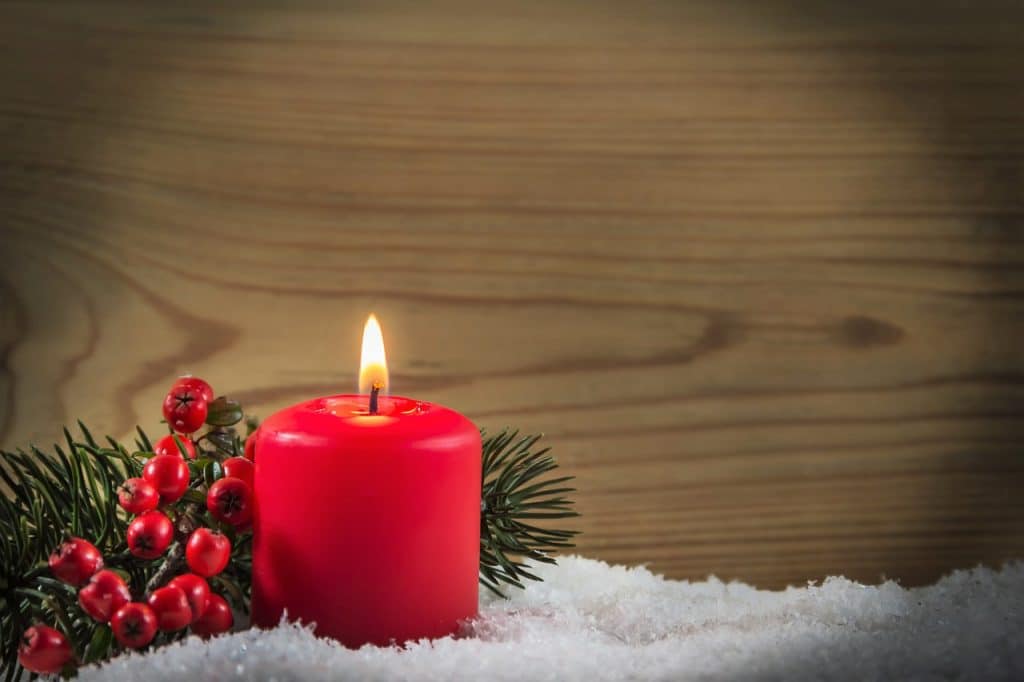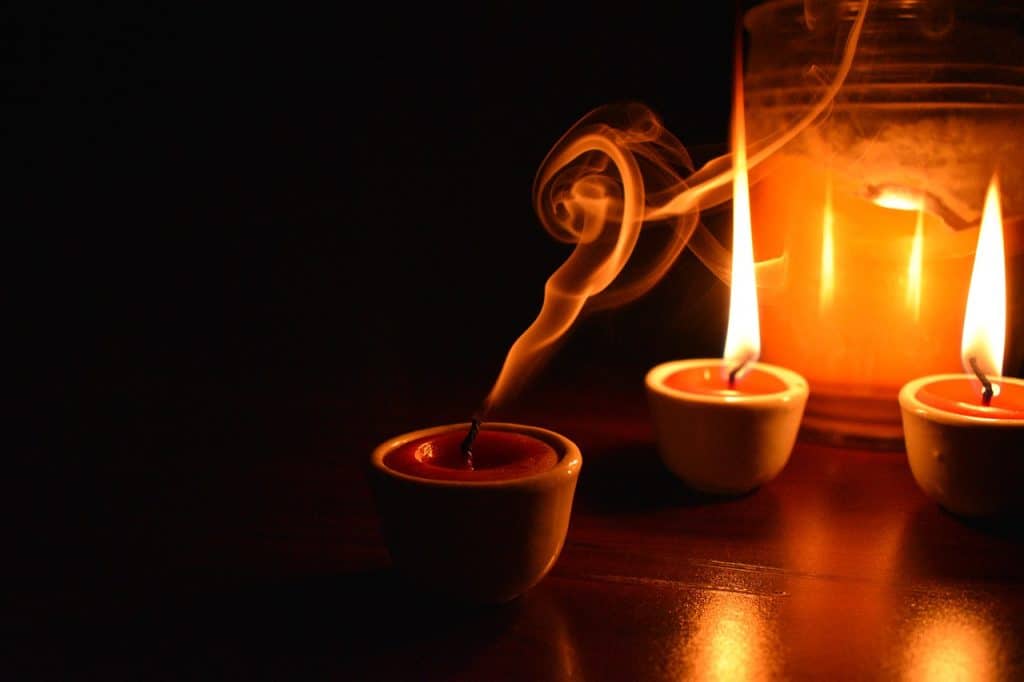Many terminologies are used by chandlers and candle lovers to refer to things that have to do with candles. Different terminologies are used to specifically refer to the wax, fragrance, types etc. Like other industries, it is very important these terms are known by stakeholders in the candle industry (people that use and make candles). One of the popular terminologies used in the candle industry is the ‘throw’ or ‘scent throw’.
WHAT IS A CANDLE THROW?
Throw or scent throw refers to the strength of the fragrance that candles release into the air.
There are basically two terms that can be used to refer to the throw of a candle depending on the state of the candle – whether or not it is lit. Cold throw and hot throw are the terms that represent the throw of candle.
Cold throw refers to the strength of the fragrance of the candle when it is not lit; while hot throw refers to the strength of the fragrance of the candle when it is lit.
Candles always emit their best throw when lit. That is to say, the hot throw of a scented candle, is stronger than the strength throw.
While hot throw is always stronger than cold through of candles, it is important to note than some cold throws are stronger than others. Some cold throws are so weak that they may not be perceived. For instance, while cedar wood candles, sandalwood candles and other woody scented candles may not have noticeable cold throws, other scented candles like those scented with resinous and flowery scents (like white floral) have stronger cold throws.
A candle can either ‘throw’ well or not. The essence of a scented candle is its throw.
The hot throw of a candle can be measured scientifically by measuring the amount of area through which the scent of the candle travels when lit and given enough time (usually an hour) to release its fragrance.
The throw of a scented candle is influenced great by many factors most of which is concerned with what the candle is made from (in terms of ratio of ingredients) and how it is made.
WHAT DETERMINES THE THROW OF A SCENTED CANDLE?
- The type and concentration of the fragrance oil used
To make candles with good scent throw, it is important that the fragrance oil you are using has the right concentration. It shouldn’t be too diluted.
- The quantity of fragrance oil used
Too much fragrance oil would make a candle would not to burn well while too little would make it burn with a weak scent throw. When using normal fragrance oil concentrates a ratio of 1 ounce of fragrance oil to 1 pound of wax is recommended to produce an optimal scent throw. This ratio can be increased to 1.2-2ounce of fragrance oil to 1 pound of wax if the fragrance oil has a lower strength level.
- The type of wax used
Irrespective of the quality and concentration of fragrance oil used in making a scented candle, it may still not produce the expected scent throw if the right kind of wax is not used. Some waxes are picky. For instance, soy wax would never blend with some kind of fragrance oils. Paraffin wax is still the best kind of wax to use when you want to get the best scent throw as most fragrance oils works well with it. Fragrance oil with more natural ingredients and lower amount of solvent have stronger scent throw than those with higher quantities of solvents.
- The temperature at which wax was added.
Fragrance oils are volatile. At high temperatures, they dissipate into the atmosphere or burn off in melted wax. The use of very high wax temperature is not advised when adding your fragrance oil to your wax during production. Temperatures between 180OF- 185OF is recommended as the pouring temperature for introducing the fragrance oil into the wax. This temperature is not too cold such that the fragrance oil would not be properly incorporated into the wax. It is also not to hot such that the fragrance oil would evaporate into the atmosphere.
- Additives used
Certain additives are recommended for use to enable waxes retain the fragrance oil introduced into them. Many of the times, these additives have already been added by the manufacturers of the fragrance oils. It is important to note that while these additives are good for use to retain scent throw of a candle, it works better with certain kinds of waxes compared to others. For instance, the paraffin wax retains fragrance oil better than soy wax and this translates to candles made from paraffin wax having relatively stronger scent throw than those made from soy wax.
- The number of wicks used in making the candles and the size of the candles
Candles with multiple wicks and larger diameters tend go give off a better scent throw than those with just one wick. This is because the candle tends to burn with a larger pool and this gives off a good amount of essential oil when lit. Candles with diameters between 6 and 8 inches and 2-3 wicks are recommended for use in a standard room size to produce the best scent throw.
- The type of fragrance oil used
The specific kind of fragrance oil used determines how deep the scent throw would be. Wooden wicks are rarely used for making candles, but they offer the best scent throws as they do burn with shorter flames and with low flames which burns steadily to give the perfect scent throw. Also their wood composition makes them perfect for use in making scented candles with great scent throws.
HOW TO MEASURE THE THROW OF A SCENTED CANDLE
The throw of a candle can be measured can be measured in a simple test known as the BLO test; B standing for Bathroom, L, Living room and O meaning Others as in other people’s opinions. This method is not very perfect as it requires human judgement, but it can roughly tell you the performance of the candle in terms of the throw.
In the BLO test, you rate the throw of the candle based on your perception on any scale you so wish to use. You then repeat the process in your living room and after that ask others to rate based on what they observe too.




